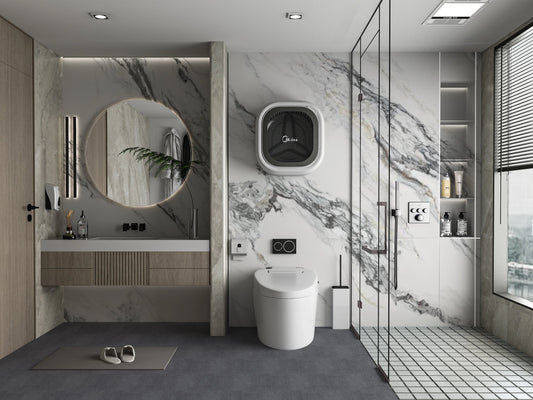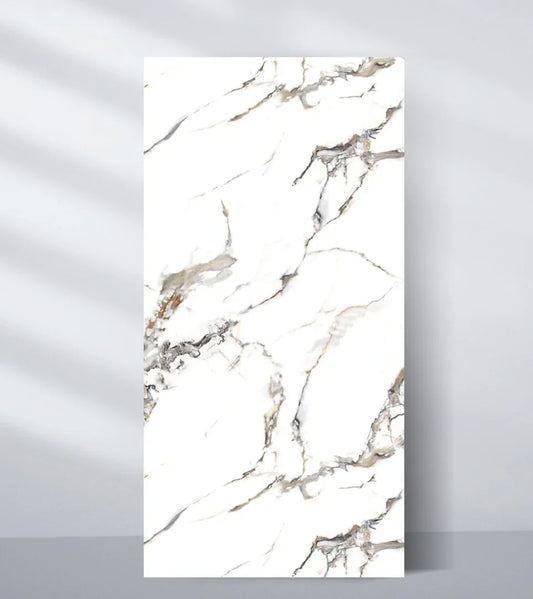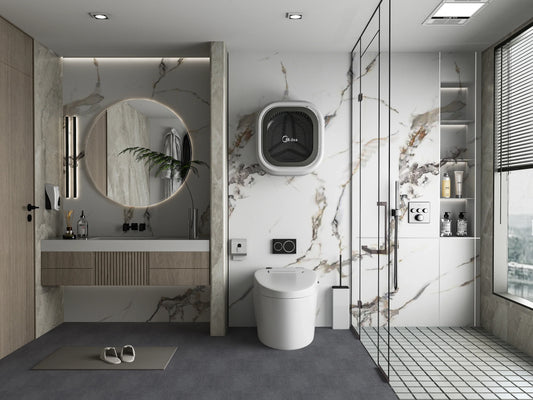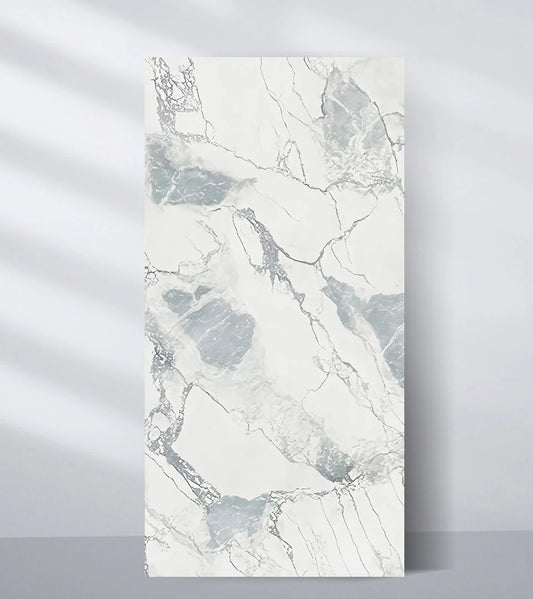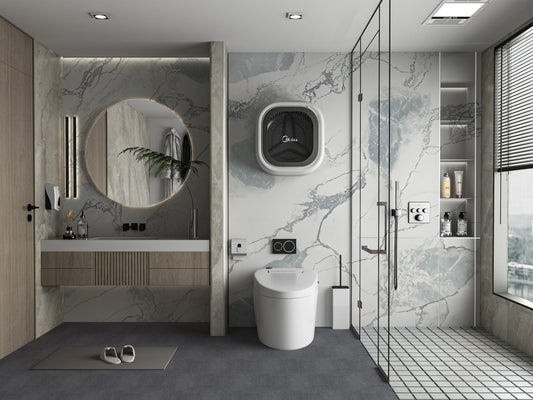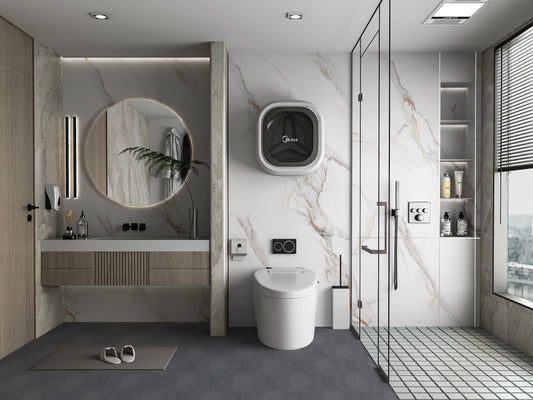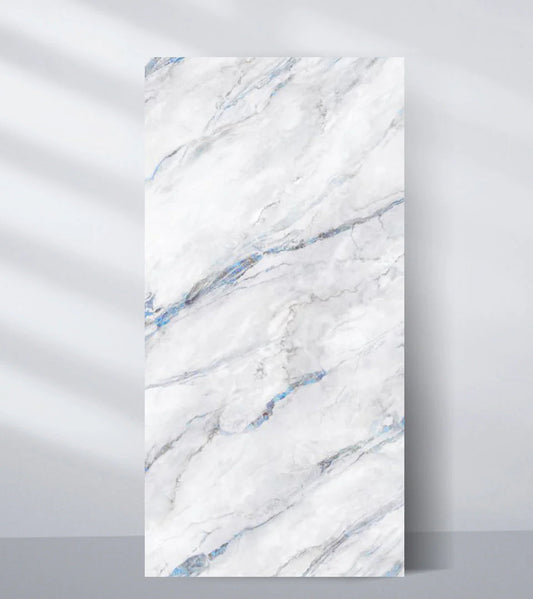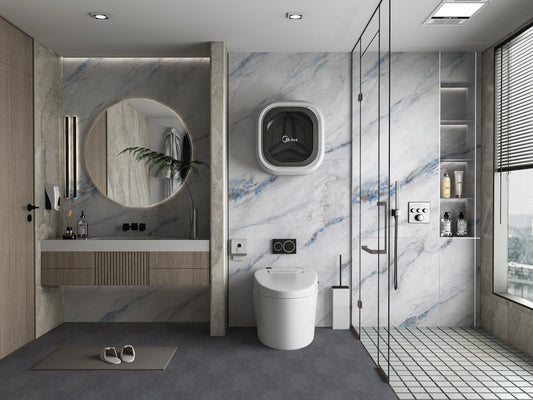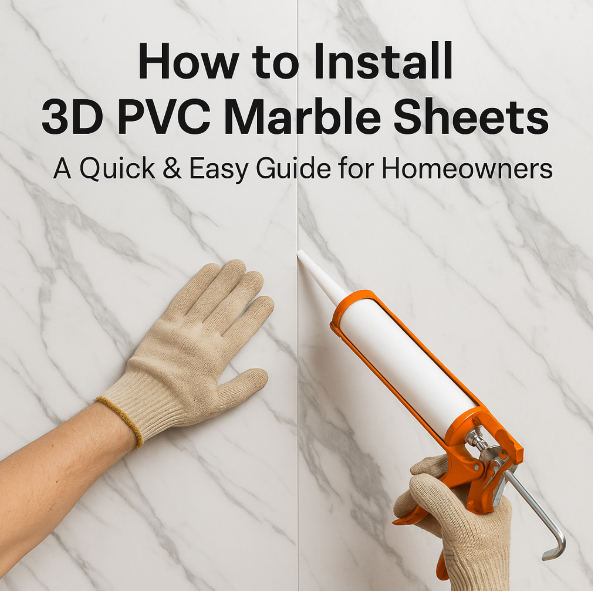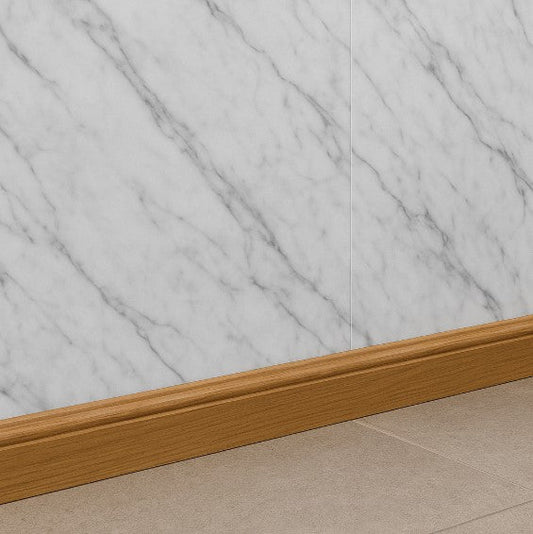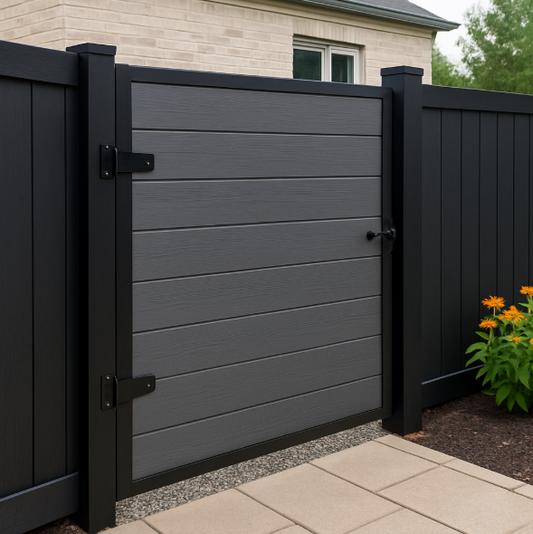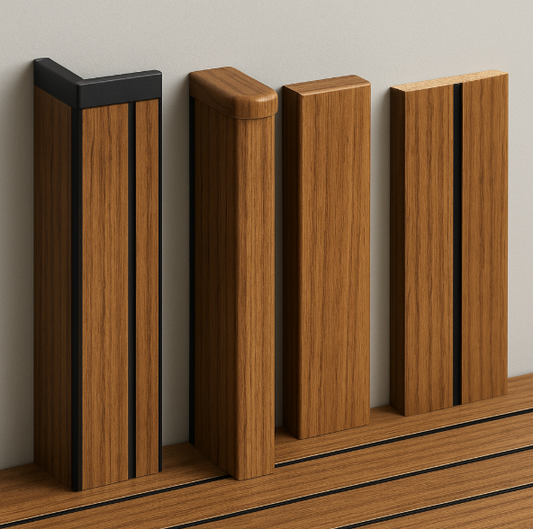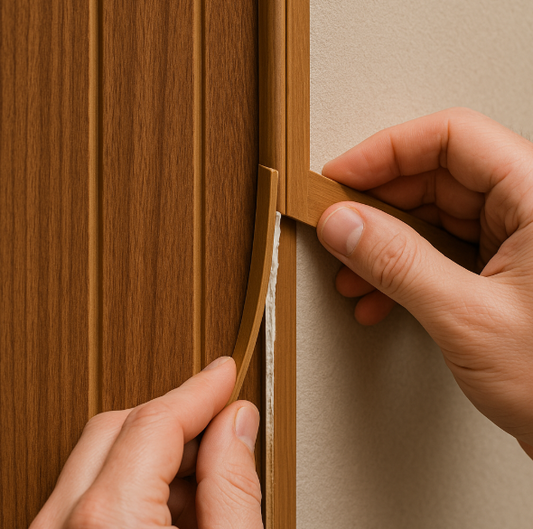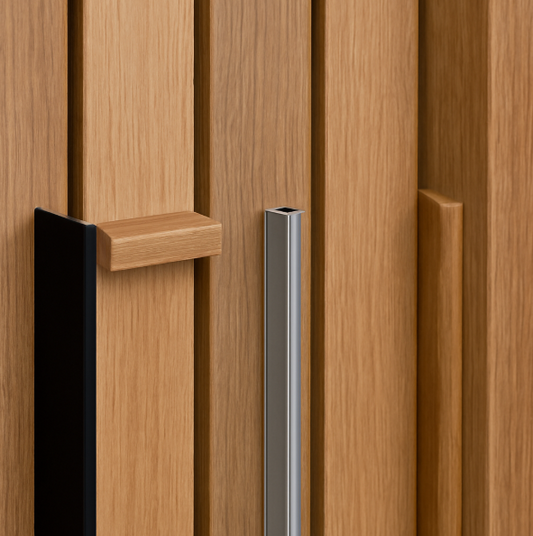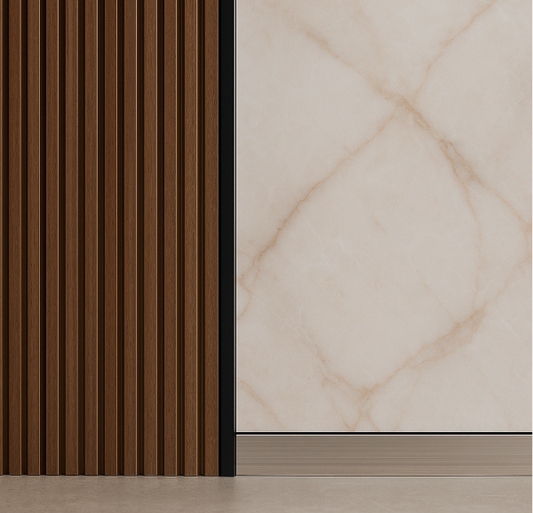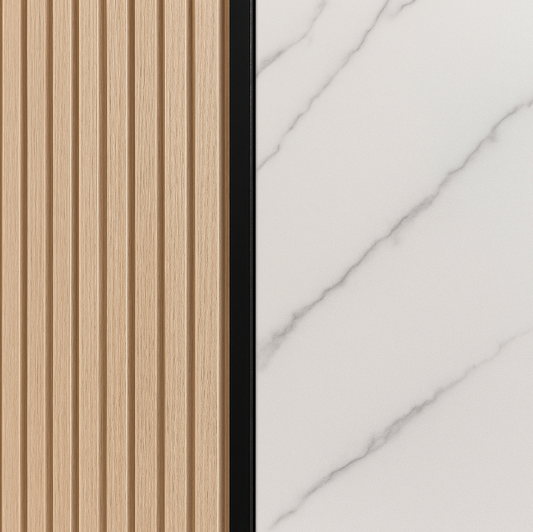3D PVC marble sheets have revolutionized modern interior design. Homeowners now prefer this stylish and cost-effective wall cladding solution over traditional materials like real marble, tiles, or paint. If you're looking to upgrade your home interiors with minimal mess, effort, or cost, learning how to install 3D PVC marble sheets is the first step to transforming your space.
In this step-by-step guide, we’ll walk you through everything from tools needed to surface preparation and finishing touches. Whether you're a DIY enthusiast or a first-time renovator, this blog will show you how easy and rewarding it is to work with 3D PVC marble panels.
Why Choose 3D PVC Marble Sheets?
Before diving into the installation process, it’s worth highlighting why 3D PVC marble wall panels are so popular among homeowners:
-
Lightweight and Easy to Handle
Unlike stone or ceramic, PVC marble sheets are light, making them easy to transport and install without special lifting equipment. -
Cost-Effective Alternative to Real Marble
Get the luxurious look of marble at a fraction of the price perfect for budget-conscious renovations. -
Moisture & Termite Resistant
Ideal for kitchens, bathrooms, and basements, these panels won't warp or degrade due to humidity. -
Low Maintenance
Simply wipe with a damp cloth to maintain their shine no polishing or sealing required. -
Modern 3D Texture & Glossy Finish
The 3D surface adds depth, elegance, and a premium feel to any wall.
 |
 |
Tools and Materials You’ll Need
Before beginning the installation, gather the following tools and materials:
Essential Tools:
- Measuring tape
- Pencil and ruler
- Level tool
- Utility knife or PVC panel cutter
- Adhesive glue (PU glue or silicone adhesive)
- Caulking gun
- Roller or flat scraper
- Clean cloth or sponge
- Safety gloves
Optional Tools:
- Jigsaw (for cutting around sockets or corners)
- Drill machine (for screwing if needed)
- Finishing trim pieces (L-trim, corner trims, etc.)
Step-by-Step Installation Process
Installing PVC marble wall panels is relatively straightforward. Follow these simple steps to complete your wall transformation:
Step 1: Prepare the Surface
Before applying the panels, make sure your wall surface is:
- Clean – Remove dust, grease, and any peeling paint.
- Dry – Ensure there’s no moisture on the wall.
- Even – Fill cracks or holes for a smooth surface.
💡 Tip: If your wall has significant irregularities, consider using plywood or cement board as a flat backing layer.
Step 2: Measure and Plan the Layout
- Use a measuring tape to determine the height and width of your wall.
- Calculate how many panels you’ll need based on the panel dimensions (usually 8ft x 2ft or 10ft x 2ft).
- Plan the layout so that cut pieces are placed at corners or less noticeable areas.
- Mark guidelines on the wall using a level tool and pencil to keep the rows straight.
🔍 Keyword Tip: Homeowners searching for "how to align PVC wall panels correctly" or "layout planning for 3D PVC marble sheets" often land on guides like this so don’t skip the prep!
Step 3: Cut the Panels
Use a utility knife or panel cutter to trim the PVC sheets according to your measurements. For areas around electrical sockets or pipes:
- Mark the cut-out zone precisely.
- Use a jigsaw or utility knife to cut neatly.
- Test fit the piece before applying adhesive.
⚠️ Safety Tip: Always wear gloves while cutting to prevent accidental injuries.
Step 4: Apply Adhesive to the Back
Apply PU glue or a high-quality silicone adhesive in an "S" or zig-zag pattern on the back of each panel.
- Use a caulking gun for even application.
- Focus on edges and the center area to ensure strong adhesion.
📈 Using the phrase “strong wall adhesive for PVC marble panels” can help target relevant search queries.
Step 5: Position the Panel on the Wall
- Press the panel gently but firmly onto the wall.
- Use a rubber roller or scraper to remove air bubbles and ensure full contact with the surface.
- Start from one corner of the wall and work your way across in rows.
🔁 Check alignment after each panel to avoid misalignment over time.
 |
 |
Step 6: Seal the Joints and Edges
To create a polished, water-resistant finish:
- Apply clear silicone sealant between panels using a caulking gun.
- Wipe excess sealant with a damp cloth.
- Use corner trims or L-trims for external corners and edges for a sleek look.
🛠️ Popular searches like “how to finish PVC marble sheet edges” or “sealing PVC wall panels” can drive homeowners to tutorials that highlight this crucial step.
Where Can You Install 3D PVC Marble Sheets?
These versatile panels can be used in multiple interior spaces:
- Bathrooms & Powder Rooms: Moisture-resistant and easy to clean.
- Living Rooms: Create a feature wall behind the TV or fireplace.
- Kitchen Backsplashes: Heat-resistant up to a certain point and stain-proof.
- Hallways & Entryways: Add elegance to high-traffic areas.
- Commercial Interiors: Offices, salons, cafes, and retail walls benefit from their premium appearance.
🧱 Bonus Keyword: “Best places to use PVC marble wall panels in home”
Maintenance Tips After Installation
To ensure your panels stay as glossy as day one:
- Clean weekly with a soft cloth and mild soap.
- Avoid abrasive scrubbers or harsh chemicals that may dull the shine.
- Inspect joints periodically for any moisture seepage or adhesive issues.
- Reapply sealant annually in wet areas like bathrooms.
🧼 Target Search Term: “How to maintain 3D PVC marble panels”
Common Installation Mistakes to Avoid
-
Skipping Surface Prep
Uneven or dirty surfaces reduce adhesion and lead to future panel detachment. -
Using the Wrong Adhesive
Not all glues work on PVC. Always use strong, waterproof, PVC-compatible adhesive. -
No Expansion Gap
Panels may slightly expand in heat. Leave a small 2–3mm gap at the edges. -
Overcutting or Uneven Cuts
Measure twice, cut once. A sloppy fit can ruin the seamless 3D look. -
Inadequate Sealing
Without proper sealant, moisture can seep behind panels especially in bathrooms or kitchens.
Final Thoughts
Installing 3D PVC marble sheets is one of the most rewarding DIY home improvements you can undertake. Not only do these panels offer a sophisticated, marble-like finish, but they’re also budget-friendly, waterproof, durable, and suitable for any room in the house.
Whether you want to revamp your bathroom, add texture to your living room, or bring a modern vibe to your kitchen, PVC marble wall panels provide the perfect blend of aesthetics and practicality.
With just a few basic tools and some weekend dedication, you can achieve a stunning transformation without calling in a professional. So go ahead grab those panels and start upgrading your space today!


